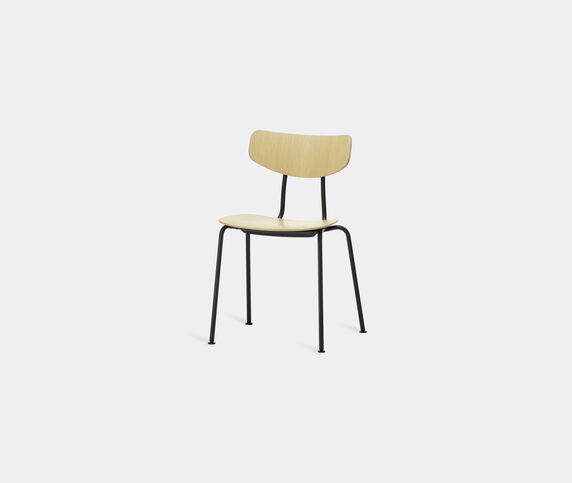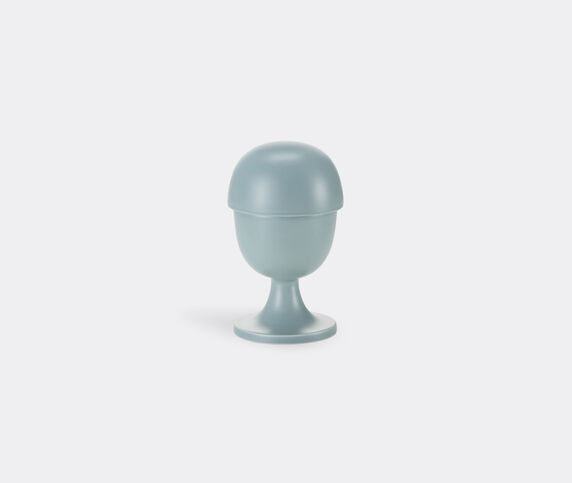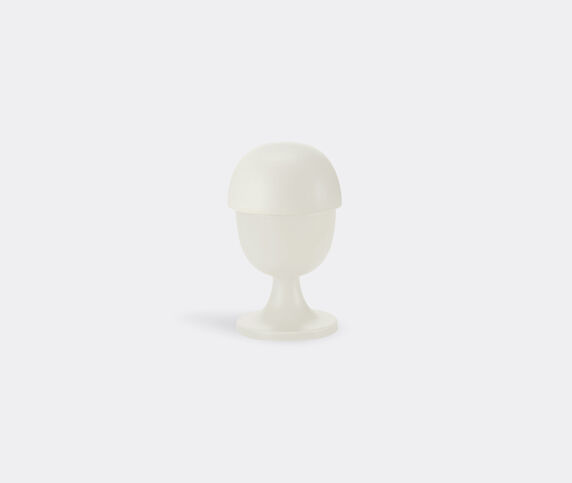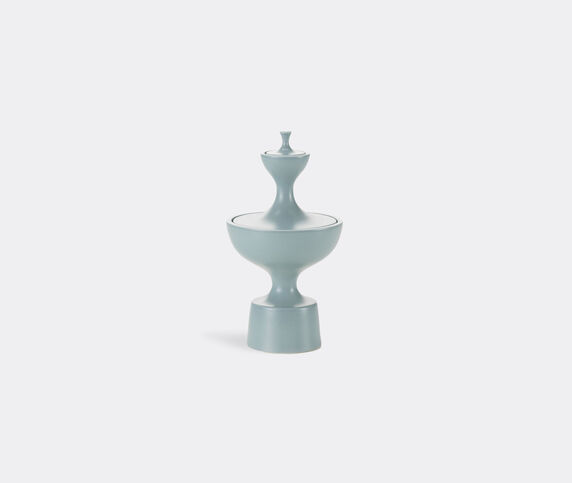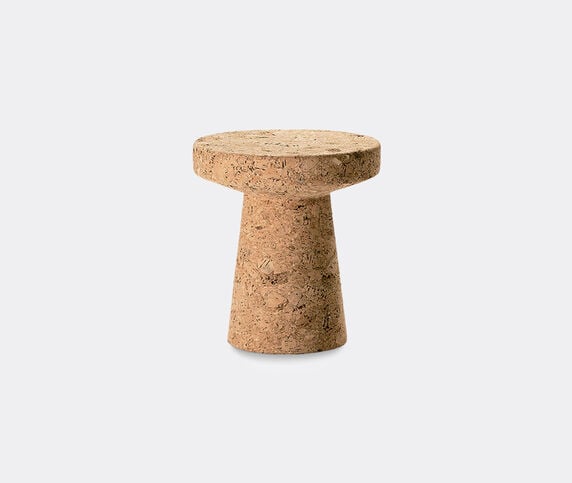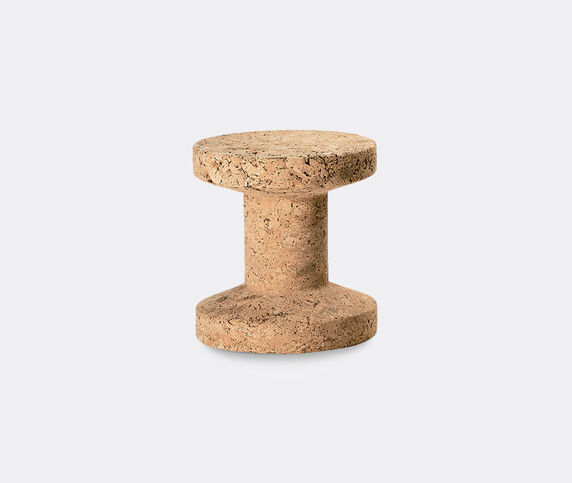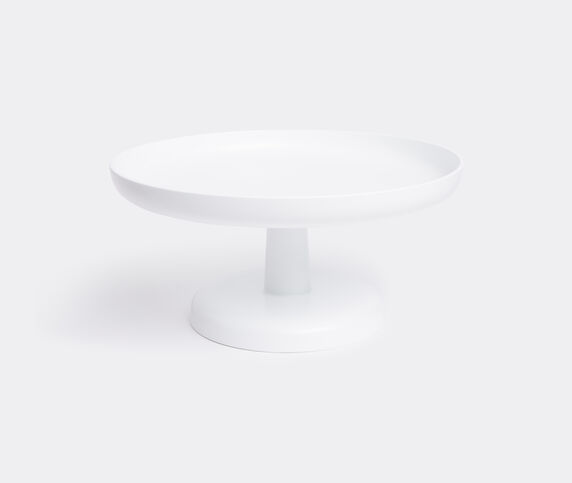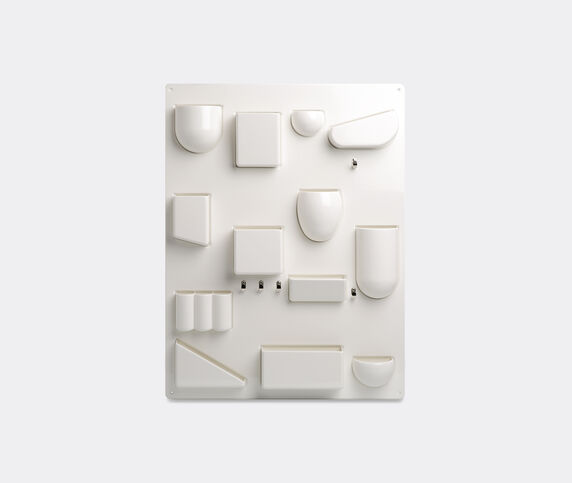Few furniture manufacturers have made the impact Vitra has, in the contemporary design world. The Swiss company collaborates with leading designers from across the globe on products, furniture and exciting projects such as the Vitra Campus architecture and the Vitra Design Museum. Many of its Classics range have been in continuous production since the 1950s.
- price:
- Change view:
- Two
- Four
Vitra: Leading Furniture Manufacturer
Vitra is a family run Swiss furniture manufacture that collaborates with leading designers across the globe. Their work involves the production of furniture, products, houses and shops, with many items still in continuous production since the 1950s. Vitra was founded by Willi and Erika Fehlbaum in the 1950s. Willi was a shop fitter with an intriguing mind. He flew to New York in the search for inspiration and saw a chair that fascinated him so much he had to know who designed it, from then on it changed his life.
Willi began learning how to become a furniture maker from Ray and Charles Eames, the designers of the chair and he was keen to bring the chair to Europe. A key design during their initial years of collaboration, in 1956, was the English Club Chair, described as “contemporary and comfortable, like a well-worn baseball glove”.
Willi introduced the designs created by the Eames and George Nelson to the Herman Miller Collection, in order to get them into the European market. When the partnership with Miller ended in 1984 the Fehlbaum’s had all the rights to the designs by the Eames and Nelson, under the Vitra brand.
In 1957 Rolf, the Fehlbaum’s son took over management of Vitra. The brand continued to create furniture never seen before, experimenting with colours, forms, materials and ground breaking manufacturing methods. The objects Vitra created and still create today, are not only design classics but modern designs, in other words; “size doesn’t matter, but quality and design matters”.
Vitra has one of the largest collections of chairs in the world, so many that the brand needed somewhere to store them. In 1989, Frank Gehry was commissioned to “design a museum” and “factory building” to hold all the chairs and this marked the beginning of the Vitra Campus. In 1993 the “fire station” was designed by Iraqi architect Zaha Hadid which now functions as an exhibition space. Tadao Ando, a Japanese architect, designed the “conference pavilion” in the same year, with a striking footpath associated to meditation paths in Japanese gardens. In 2000, the “Dome” was added, designed by Richard Buckminster Fuller, transplanted from the USA and currently used as an event space. One of the most prominent designs in recent years has been the “VitraHaus” by Herzog & de Meuron, opened in 2010 as the company's flagship store and home of the Vitra Home Collection. The “VitraHaus” connects two themes: the archetypal house and the theme of stacked volumes.
Vitra Iconic Design Products
Wooden Doll Dog - 1952/53
The “Wooden Dolls” collection was designed by Alexander Girard, originally as a whimsical assortment of figures, which are both joyful and grim, for his own home. Inspired by his own collection of folk art, they add a charming, as well as striking, touch to any interior.
Panton Junior - 1959/60
A beloved classic, the Panton chair was created by Verner Panton. A plastic chair, the result of experimentation with forms and colours. Adapted for children, the Junior is identical in shape and material, featuring the original curves, but 25% smaller. The ideal size for children in nursery and primary school.
Eames House Bird
The “House Bird” was originally part of the Eames household. The black wooden bird was an artefact of American Folk art that they collected on their travels. It became a staple decorative object in photo-shoots and is now reproduced worldwide.
Eames Elephant - 1945
The playful elephant was designed by the Eames and first made in plywood in 1945. Now produced by Vitra it comes in a sophisticated assortment of colours, a perfect present for children. The original elephant was initially developed in plastic as a toy or decorative object in many colours and not just for children’s rooms but for all ages.
Hang it all’ Coatrack - 1953
A coatrack with a twist. Round ball endings replace traditional hooks, making the rack child friendly and the clever arrangement allows space for extra storage. Designed by the Eames, for Vitra, as a fun alternative to conventional coatracks in a variety of colour combinations and not just for children’s rooms.
Collaborations with Designers
Charles and Ray Eames
The couple married in 1941 and moved to Los Angeles, where they began experimenting with the techniques used to make three-dimensional moulding of plywood. Their aim was to create comfortable and affordable chairs. Due to the war, their focus turned to leg splints made of plywood, manufactured in large quantities for the US Navy. By 1946 they had an exhibition of their experimental furniture designs at MoMA. The Herman Miller Collection consequently began to produce Eames furniture. The couple participated in the 1948 "Low-Cost Furniture" competition at MoMA, and they began to become more involved in graphic design, photography, film and exhibition design.
In 1957 Vitra signed a licence agreement with Herman Miller and began producing the Eames' designs for Europe and the Middle East. Charles and Ray Eames have had a profound and lasting influence on Vitra. Still today, their design philosophy continues to significantly shape the company's values, orientation and goals.
Since the death of Charles (1978) and Ray (1988), Vitra has remained in close contact with the Eames family, in relation to the preservation, further development and production of Eames designs. Vitra is still the sole manufacturer of Eames products for Europe and the Middle East, so any Eames product made by Vitra is an original.
Furniture by Eames has been a cornerstone of the Vitra Design Museum since its inception. The Vitra Design Museum now holds a comprehensive retrospective of the couple's lifework in 2017/18 entitled "An Eames Celebration", consisting of four parallel exhibitions around Vitra Campus.
Some of the most notable products designed by Charles and Ray Eames for Vitra:
- Rar Chair
- Lounge Chair
- Hang It All Rack
Jean Prouvé
Prouvé specialised as a metal artisan, opening his first workshop in 1924 and his own factory in 1947, before leaving the company in 1953. Prouvé’s work encompasses a vast range of objects, such as letter openers to lighting and exhibition structures, essentially anything suited to industrial production methods.
Jean Prouvé became architecturally acclaimed in 1971 after his involvement in selecting the designs of Renzo Piano and Richard Rogers for the Centre Pompidou. Vitra began to issue re-editions of his great designs in 2002.
Some of the most notable products designed by Prouvé for Vitra:
- Cité Armchair
- Trapéze Table
Jasper Morrison
Morrison is one of the most successful industrial designers over the past few decades that is able to think outside the box. With his colleague Naoto Fukasawa, they redefined the term “super normal” and therefore redefined the question of what is “good design”. Morrison creates examples of understated, useful and responsible designs and many of these products can be found in New York’s Museum of Modern Art and other museums around the world.
Some of the most notable products designed by Jasper Morrison for Vitra:
- All Plastic Chair
- Soft Modular Sofa
- Hal chair family
George Nelson
George Nelson became Design Director at Herman Miller, Inc., in the 1940s and remained there until 1972, becoming a key figure of American design. With a major in architecture from Yale he created furnishings for the home and office.
At the same time Nelson opened his own design office in 1947, working with designers such as Irving Harper, Ernest Farmer and Gordon Chadwick. They created countless products and objects that are now regarded as iconic mid-century modernist items. In 1957, Willi Fehlbaum signed a licence agreement with Herman Miller to produce furniture for the European market. A close friendship and partnership developed between Nelson and Willi’s son Rolf Fehlbaum. Nelson died in 1986, his estate being held by Vitra Design Museum, encompassing 7400 manuscripts, drawings, photographs and slides. Vitra Design Museum mounted an exhibition entitled "George Nelson – Architect, Writer, Designer, Teacher" in 2008.
Some of the most notable products designed by Nelson for Vitra:
- Ball Clock
- Eye Clock
- Desk Clocks – Tripod Clock
Alexander Girard
A leading figure in American post-war design, Girard’s primary focus was textile design. He created numerous fabrics for Herman Miller Company in abstract forms and geometric patterns in a wide variety of colour compositions. These upholstery fabrics remain timeless and are still manufactured and utilised by Vitra today.
It was Girard’s extensive travels that provided him with a rich source of inspiration and ideas. Rolf Fehlbaum visited Alexander Girard at his family home in 1960, it had a deep impression on Rolf and described it as the most fascinating house he had ever seen in the United States.
After Girard’s death in 1993, the Girard archive (consisting of hundreds of drawings, prototypes and samples) was donated to the Vitra Design Museum and in 2016/17, the museum mounted the exhibition "Alexander Girard: A Designer's Universe".
Some of the most notable products designed by Girard for Vitra:
- Graphic Print Pillows
- Wooden Dolls
- Classic Trays
How to Shop Vitra on Frankbros
Shop by Category:
- Decorative Objects
- Desktop Tools
- Furniture
- Kitchen & Tools
- Mirrors & Clocks
- Notebooks
- Organising
- Serving & Trays
- Tea & Coffee
- Textile & Rugs
Shop by Designer:
- Alexander Girard
- Arik Levy
- Charles & Ray Eames
- Dorothee Becker
- George Nelson
- Hella Jongerius
- Jasper Morrison
- Jean Prouvé
- Ronan & Erwan Bouroullec
- Verner Panton

